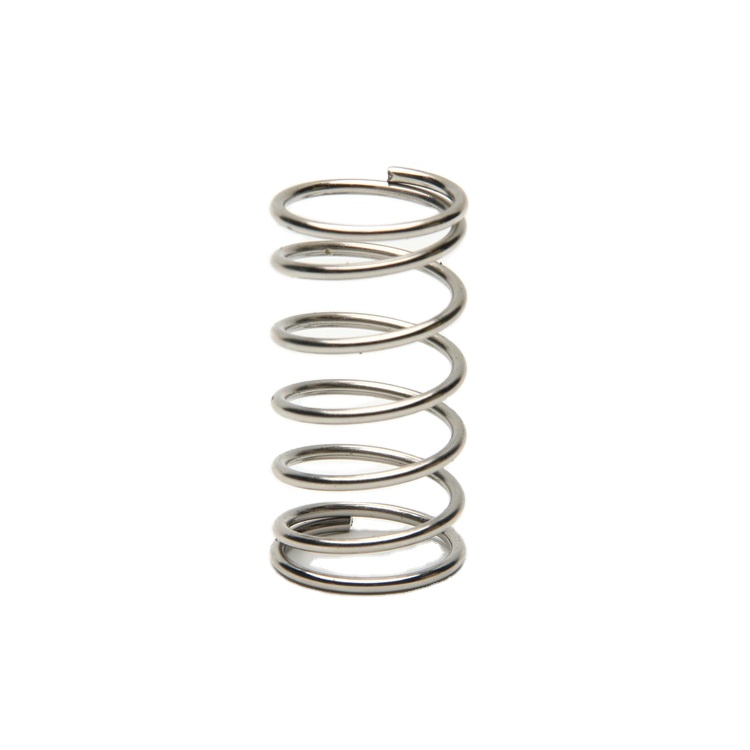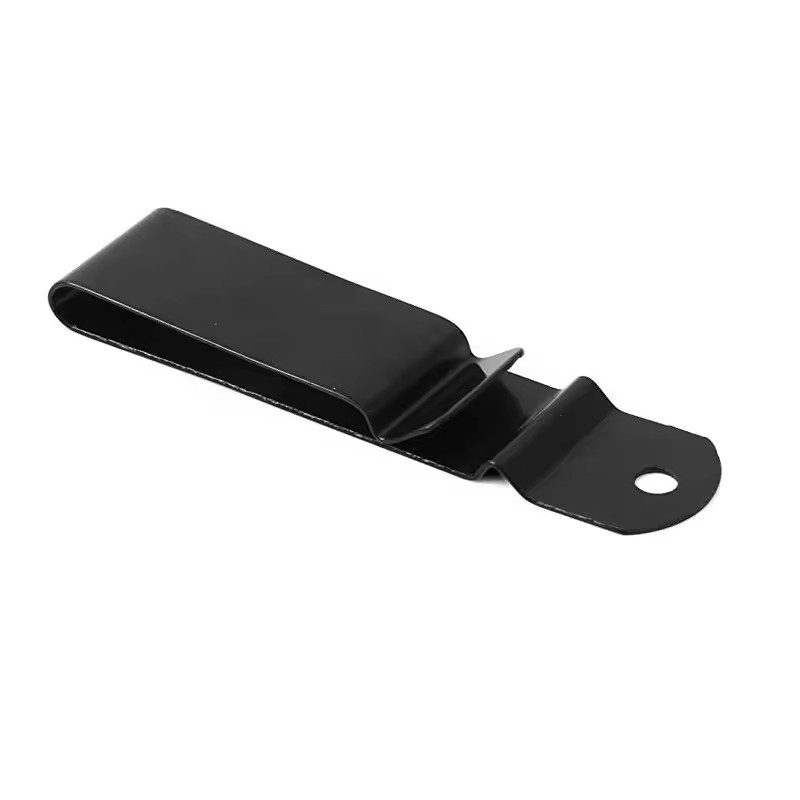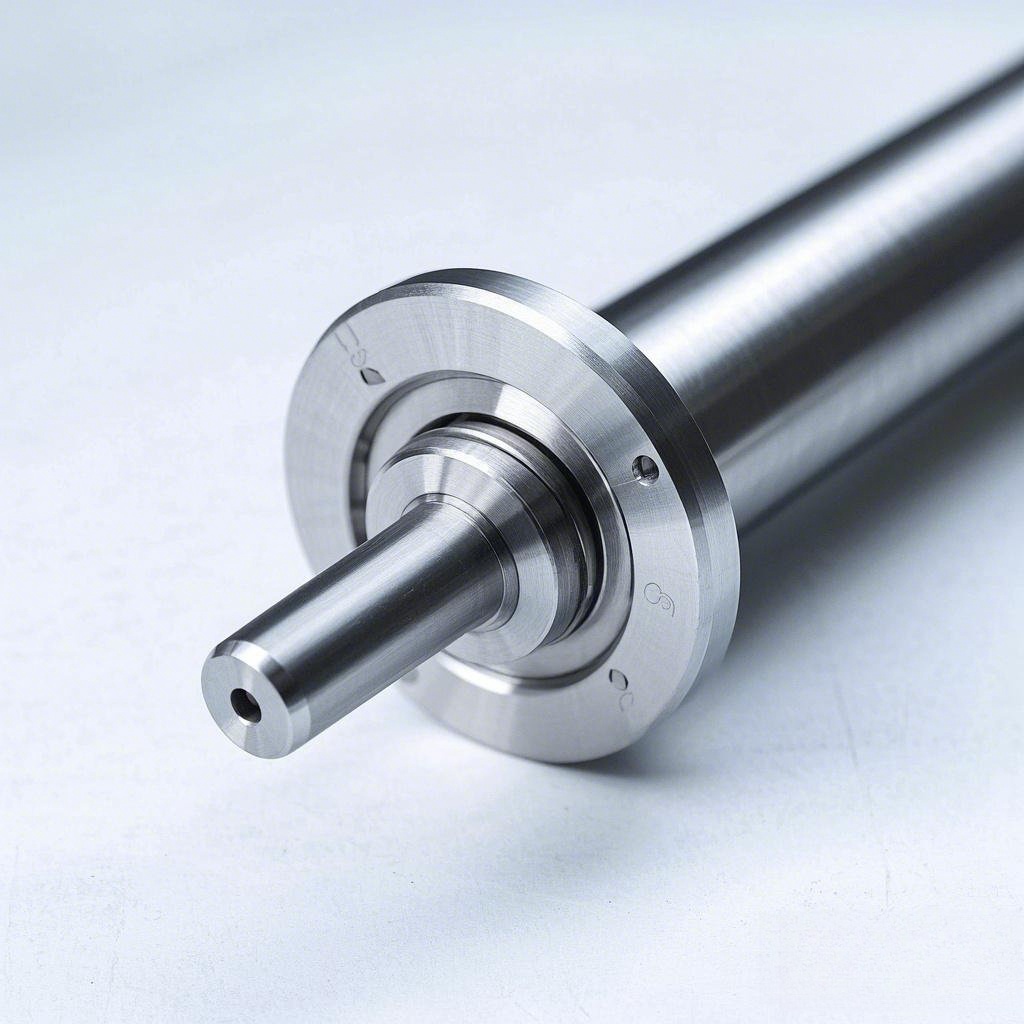Introduction of Progressive Die Stamping
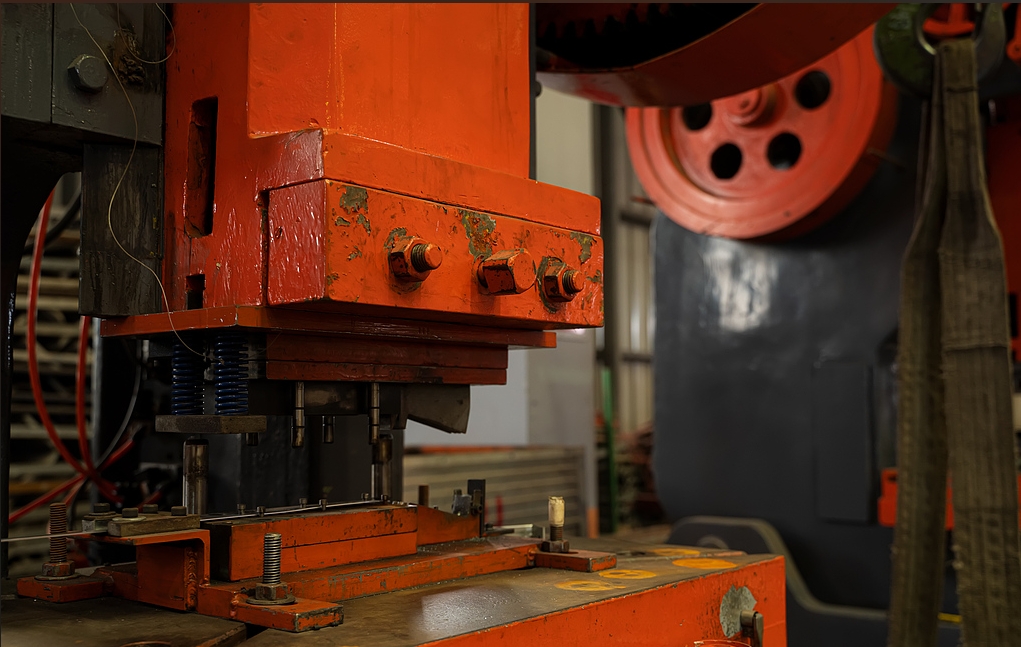
What is Progressive Die Stamping?
Progressive Die is a metalworking method that can encompass punching, coining, bending and several other ways of modifying metal raw material, combined with an automatic feeding system.
The feeding system pushes a strip of metal (as it unrolls from a coil) through all of the stations of a progressive stamping die. Each station performs one or more operations until a finished part is made. The final station is a cutoff operation, which separates the finished part from the carrying web. The carrying web, along with metal that is punched away in previous operations, is treated as scrap metal. Both are cut away, knocked down (or out of the dies) and then ejected from the die set, and in mass production are often transferred to scrap bins via underground scrap material conveyor belts.
The progressive stamping die is placed into a reciprocating stamping press. As the press moves up, the top die moves with it, which allows the material to feed. When the press moves down, the die closes and performs the stamping operation. With each stroke of the press, a completed part is removed from the die.
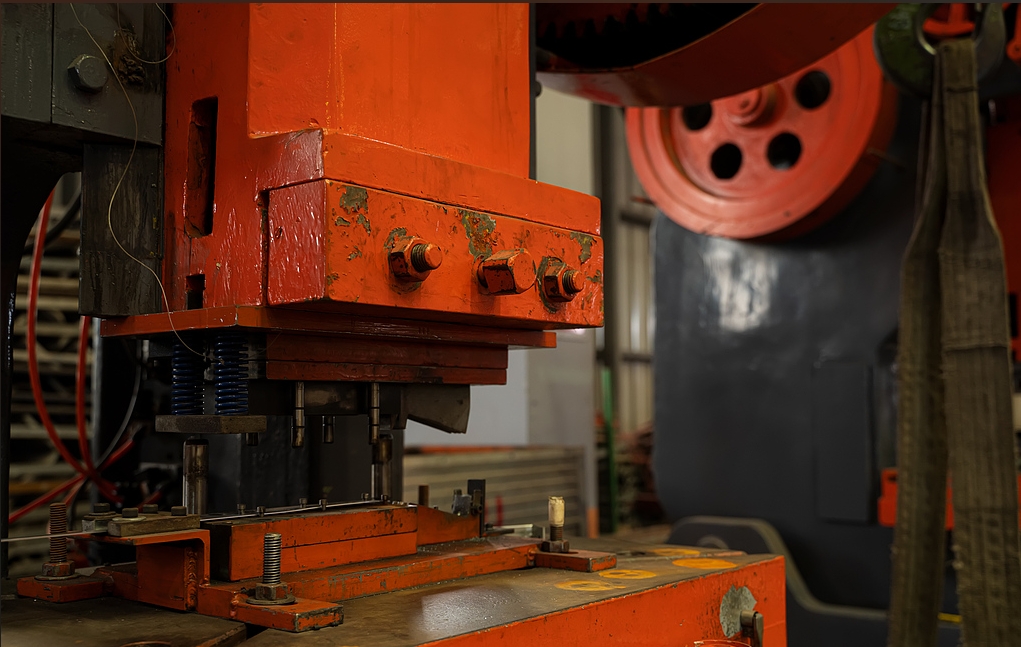
Progressive Die Stamping Process
Progressive die stamping uses a type of tooling called a progressive die, which contains multiple stamping stations to carry out simultaneous operations on a sheet metal strip. By combining all the necessary tools into one die set, progressive die stamping is a great solution for high-volume production runs.
To begin the process, the die is placed into the stamping press. At Hudson Technologies, our straight side progressive presses feature a 60 to 500 ton capacity. The die opens as the stamping press moves up and closes as the stamping press moves down. While the die is open, the metal moves through the die, being precisely fed into the die with each press stroke.
When the die closes, it performs its work on the metal, which can include coining, bending, cutting, embossing, and more. Once the metal has moved through each station, the finished part is ejected from the die.
When to Use Progressive Die Stamping vs. Traditional Metal Stamping
When choosing between progressive die stamping and traditional metal stamping methods such as stage tooling and transfer press tooling, it’s important to consider factors such as cost, production volume, and lead time.
When considering cost, it’s important to think about tooling setup costs as well as per-piece cost. Stage tooling boasts lower setup costs but has the highest per-piece cost. Progressive die and transfer press tooling have higher setup costs compared to stage tooling but offer lower per piece costs.
Production Volume
Progressive die stamping is specifically designed for high volume production, typically exceeding 50,000 pieces per year. While transfer press tooling is also good for high volume production, it differs in that the part is separated from the metal strip during the first operation. Stage tooling, on the other hand, is ideal for small, low-volume production runs of less than 50,000 pieces per year.
Lead Time
When considering the needs of your project, it’s important to think of project timelines to determine which method is best. While stage tooling features a relatively slow fabrication speed, progressive die and transfer press tooling offer medium to fast production speeds.
Progressive Die Stamping Services from Hongyi Hardware
If you determine that progressive die stamping is the best manufacturing method for your project, let the experts at help. We offer custom progressive die-stamped components as well as progressive die tool manufacturing. With over 10 years of experience, we have the necessary equipment and knowledge to meet your progressive die stamping needs. To learn more, you can contact us or request a quote to get started.

